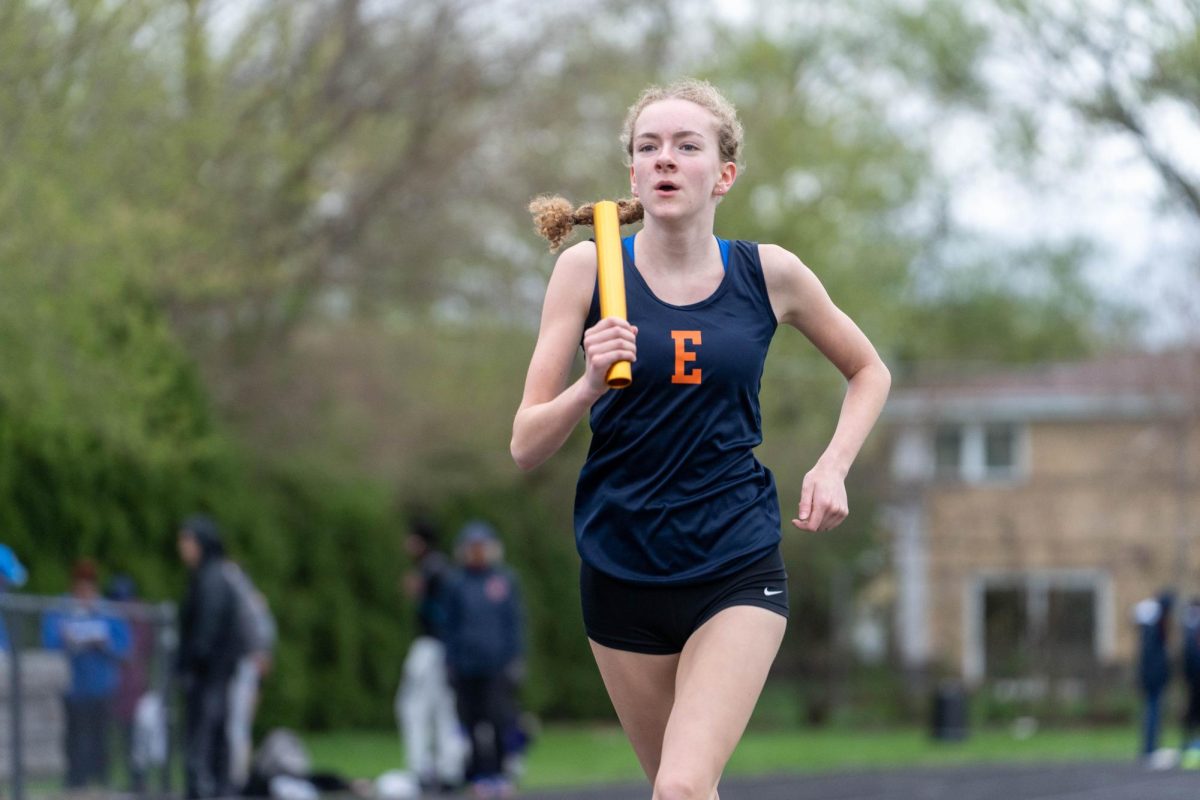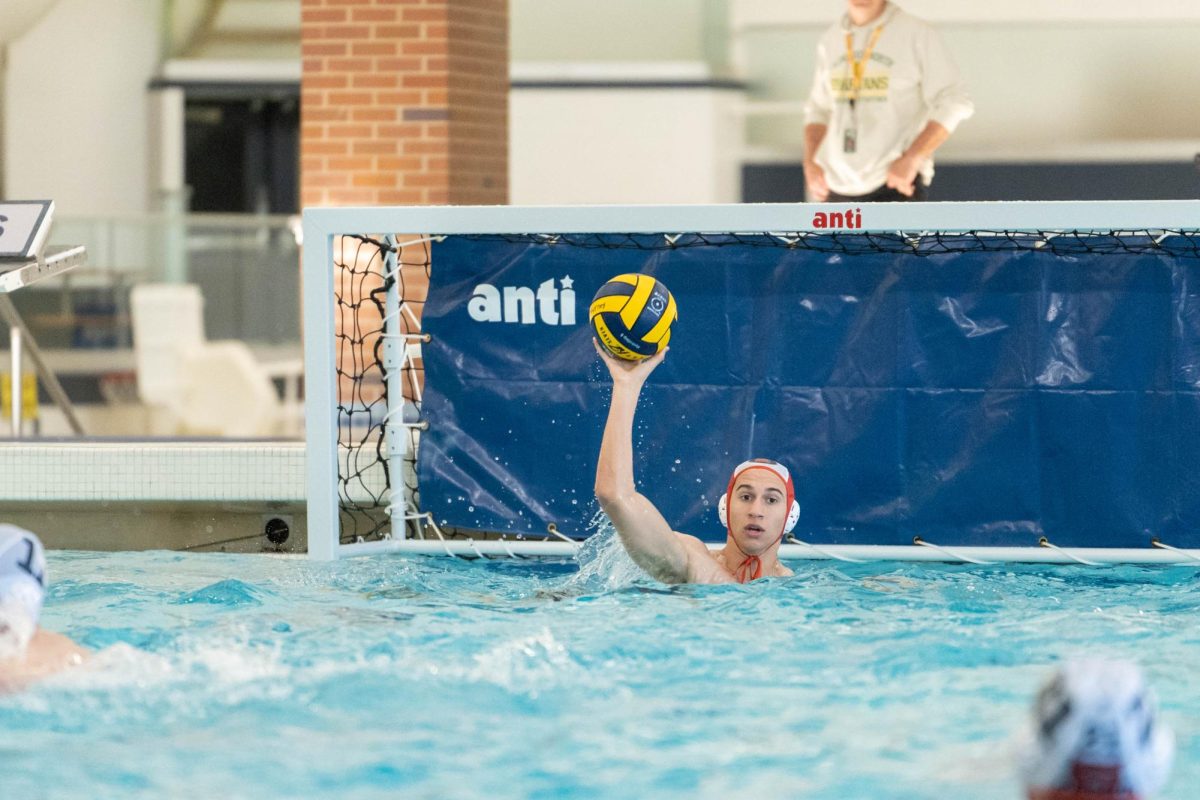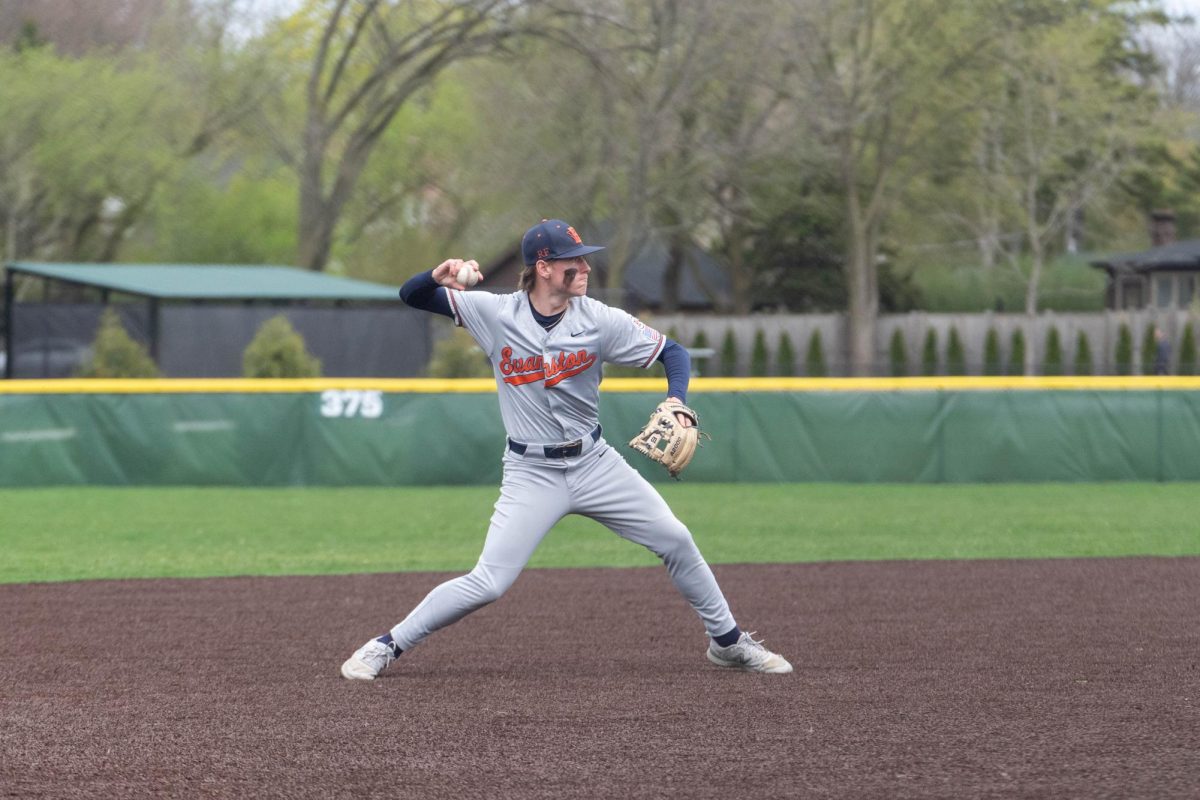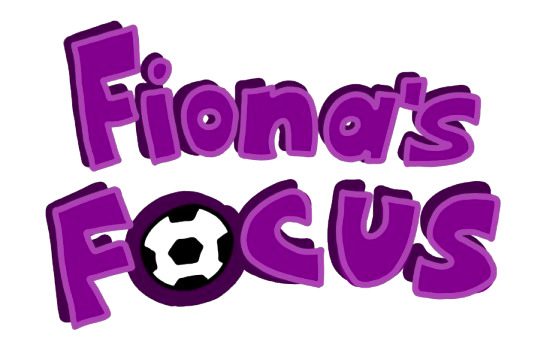Throughout history, many Black athletes have dared to break barriers and compete in sports where almost nobody looks like them. By making this decision, they put the spotlight on themselves and take on a challenge that is unmanageable for the vast majority of people with whom they share the court, field, or pool.
“There is an incredible amount of pressure on you when you are the sole Black athlete in a competition. You are made to feel that you are representing all Black people,” describes junior water polo player Jackson Stroth.
With this pressure and responsibility comes a great opportunity for breaking barriers and achieving tremendous success, but it will always be an uphill battle.
At its ugliest, Black athletes in predominantly white sports are sometimes literally judged by the color of their skin.
“Gymnastics is a sport where the winner is decided by a judge. This subjectivity leaves room for many horrible things to happen, including blatant racism,” remarked girls’ gymnastics captain, senior Kayjah Eytem.
Also, even when race does not directly affect the results, it can still prove to be a challenge.
“I would describe some of our meets as awkward. Especially when we play schools like New Trier and Stevenson, whose teams are almost one hundred percent white,” commented sophomore swimmer Logan Eaton-Strong.
While ETHS’s Black athletes in predominantly white sports have faced challenges and difficulties when competing against other schools, many have found ETHS to be a welcoming and supportive environment.
“I am really close with my coach and teammates. I consider them some of my best friends, so I have never felt too uncomfortable within the walls of ETHS,” said Eytem.
Like many other aspects of American society, the lack of diversity in certain sports has deep roots in the country’s history. Sports like tennis and golf were associated with upper-class white culture for most of American history and, in some ways, still are. But by far the best example of history playing a role in a sport being predominantly white is swimming. Public pools became popular during the peak of segregation, meaning they were exclusively built in predominantly white places in both the North and South.
“It’s not that people of color could not swim. It was that they were literally not allowed to swim. That is where the ‘Black people don’t swim’ stereotype comes from,” states Eaton-Strong.
While the days of racial segregation are long behind us, one of the main reasons that predominantly white sports have remained that way is a continued lack of accessibility. Stroth took it upon himself to make water sports more accessible at ETHS. He teamed up with his friend, sophomore Othello McCollum, to create the Black Aquatics Club. The Black Aquatics Club is a swimming and water polo club team that aims to provide a space where swimmers of color can participate at a lower cost, addressing the factors that keep predominantly white sports from becoming more diverse.
“I found that many people of color were not able to afford the equipment and facilities required to play predominantly white sports like hockey, lacrosse, and swimming. That is why I created Black Aquatics Club to be an affordable space so kids of color can have access to the tools they need to become successful swimmers,” said Stroth.
For many Black athletes, seeing pioneers who look like them thrive at the highest levels can be the spark that inspires them to take a chance in their own sport. Athletes like the Williams sisters and Simone Biles are transformative figures who didn’t just enter sports where representation was scarce—they completely redefined them. By dominating tennis and gymnastics, they broke barriers and set new standards of excellence, becoming some of the greatest athletes in history. Their success continues to inspire countless young Black girls to dream big and pursue opportunities in these fields. As of 2024, 34% of professional women gymnasts are people of color, according to USA Today.
“I signed up for gymnastics because of Simone Biles. I, as well as Black girls across the country, dream of being like her. Her success is the greatest thing that motivates me,” states Eytem.
For Black athletes in predominantly white sports, having a supportive teammate is crucial. It provides a sense of belonging and encouragement, helping to navigate the challenges of feeling isolated in such environments.
“I have always looked up to Jackson. He is an amazing person to be around and a major role model to all the people of color on our team. His success and character have filled me with tons of confidence,” remarked Eaton-Strong.
Eytem, who also coaches gymnastics, agrees that reaching out to younger Black athletes is vital for keeping them invested in the sport.
“Even though the rise of Biles was huge, sometimes people forget that gymnastics, especially at a youth level, is a very predominantly white sport. So I always make sure to go out of my way to make a strong connection with the Black girls I coach. I know that it might be tough for them at times, but I want to assure them that they have people they can fall back on and that they now possess the tools to succeed,” Eytem said.
To encourage young Black athletes to participate in predominantly white sports, it’s essential to address the historical barriers that have made these sports less accessible. This means prioritizing the development of sports facilities, like pools, in Black communities, and continuing to elevate role models who break barriers and redefine what’s possible in these fields. By creating more opportunities and visible success stories, we can inspire the next generation to see these sports not as exclusive, but as welcoming spaces where they, too, can excel.








